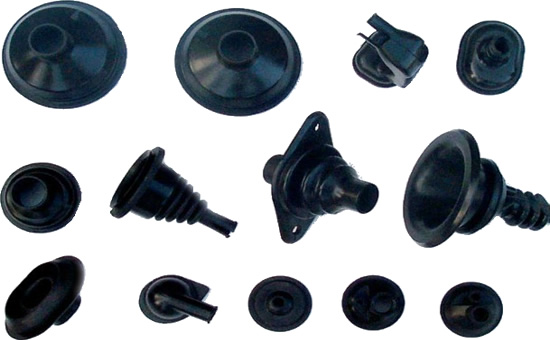
Rubber sealing ring manufacturers can use various types of recycled rubber in the production process, and the specific type of recycled rubber used depends on factors such as material application, required performance, and availability. The following are some common types of recycled rubber used in the manufacturing of rubber sealing rings:
Recycled rubber from waste tires: This type of recycled rubber comes from waste rubber tires at the end of their service life. The quality of recycled rubber produced from general 900 1200 type waste tires is excellent, while the quality of waste products from branded tires is slightly better than that of miscellaneous tires. The tensile strength is 8-14 MPa, and the elongation at break is 280-450%. Tire recycled rubber is a high-strength, wear-resistant rubber material with good tensile strength, elasticity, and compressive wear resistance. It is commonly used for sealing gaskets, rubber plates, conveyor belts, shock absorbers, etc
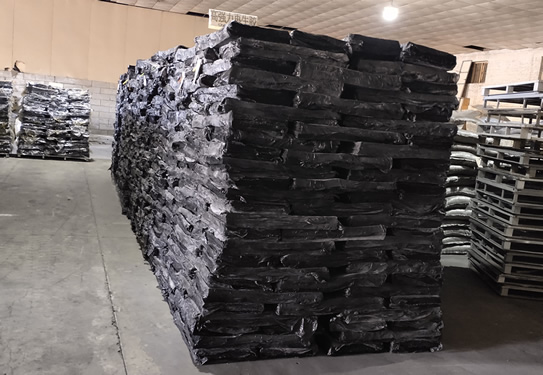
Natural latex recycled rubber: Latex rubber is usually used to produce rubber sealing rings. Recycled latex rubber refers to the reuse of waste latex rubber materials (medical inspection gloves, finger sleeves, condoms, catheter, latex wires, etc.) that fail to pass the test. The recycled latex waste is produced through processes such as crushing, desulfurization, disinfection, drying, and filtration. The effective rubber hydrocarbon content can reach up to 75% or more, with a tensile strength of 8-16 MPa and an elongation at break of 500-1000%. It has the characteristics of high strength, small specific gravity, good hand elasticity, easy color matching, odorless, high elongation at break, and simple refining process to save labor and electricity costs. Usually used as a substitute for natural rubber in actual production
EPDM reclaimed rubber: EPDM reclaimed rubber is produced with EPDM head rubber, unvulcanized EPDM rubber, waste EPDM window sealing strip, etc. as raw materials. The tensile strength is 7-11 MPa, and the elongation at break is 300-450%. It has high and low temperature resistance, aging resistance, high insulation, ozone resistance, corrosion resistance and other physical properties. It is widely used in the production of EPDM sealing strip, EPDM sealing ring, EPDM sheath and other products
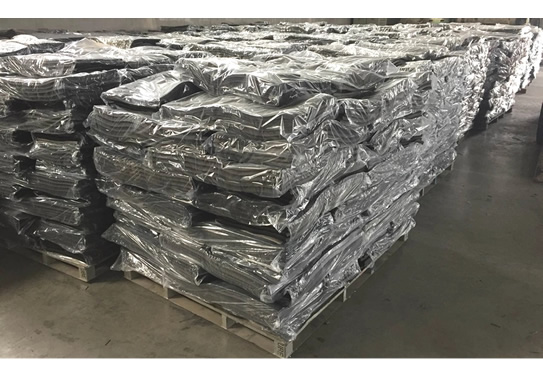
Oil resistant nitrile rubber: It is mainly made of nitrile water glue, waste nitrile gloves, and other raw materials, and is crushed, desulfurized, filtered, and refined through 100 mesh. The tensile strength is 10-13 MPa, and the elongation at break is 380-450%. The product has a high oil resistance coefficient, good hand elasticity, high fineness, no impurities, smooth and bright surface, high plasticity, good wear resistance and aging resistance. It is used in the production of oil resistant sealing O-rings and oil resistant rubber hoses, Oil resistant rubber boots are widely used
Butyl recycled rubber: Butyl recycled rubber mainly uses waste butyl inner tubes, waste butyl capsules, etc. as the main raw materials. After sorting, metal and impurities are removed, and it is desulfurized by far infrared or desulfurization tank. The tensile strength is 7-8 MPa, and the elongation at break is 380-480%. It has strong airtightness, heat resistance, ozone resistance, aging resistance, shock absorption, high strength, good hand elasticity, and environmental friendliness without taste. The Mooney viscosity is 60 ± 5 degrees. Commonly used in products such as acid and alkali resistant rubber sealing rings, acid and alkali resistant rubber plates, rubber shock absorbers, and sound insulation materials
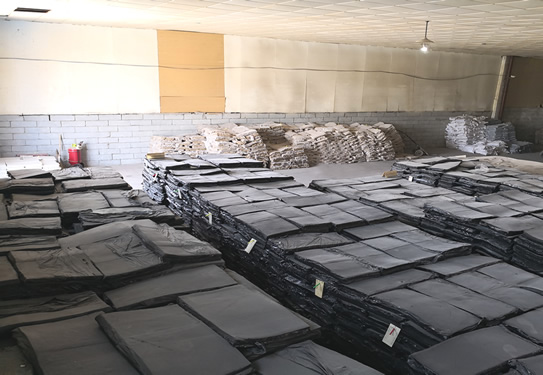
The following precautions should be taken when using recycled rubber to produce rubber sealing rings:
1. Choose a suitable recycled rubber variety 23Y5Y16. Different types of recycled rubber, such as tire recycled rubber, latex recycled rubber, ethylene propylene recycled rubber, etc., have significant differences in performance and price. It is necessary to choose a suitable type of recycled rubber as the main raw material based on the performance requirements of the rubber sealing ring
2. Check the quality of recycled rubber raw materials. The performance and quality of recycled rubber raw materials directly affect the quality of the final product, so it is necessary to conduct comprehensive performance testing of recycled rubber raw materials to ensure that their quality meets production requirements
3. Add the original adhesive appropriately. The performance of raw rubber is excellent and stable. Adding a certain proportion of raw process rubber can effectively improve the tensile strength and elasticity of rubber sealing rings, and enhance product stability
4. Sulfurization processing. Vulcanization can achieve a higher crosslinking density of rubber, thereby improving the physical and mechanical strength, tensile strength, weather resistance, and chemical resistance of rubber sealing rings. The vulcanization additives used for different rubbers are different, and the amount of vulcanization agents added varies depending on the performance requirements
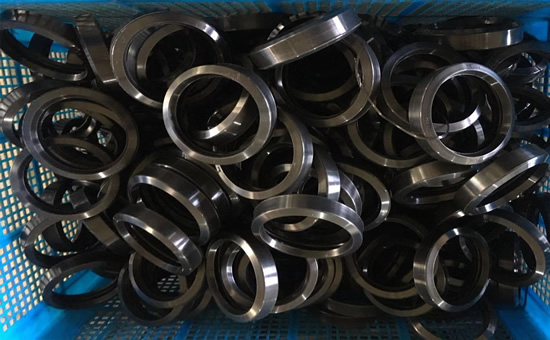
5. Add enhancers, fillers, brighteners, deodorants, etc. For example, carbon black, silica powder, resin, rubber brightener, etc., the addition of these components can enhance the strength, wear resistance, and sealing performance of rubber sealing rings
6. Add anti-aging agent. Adding appropriate antioxidants and light stabilizers can effectively prevent the performance degradation of rubber sealing rings during production, storage, and use, and extend their service life
7. Add softeners, plasticizers, etc. appropriately to reduce the hardness of rubber sealing rings and improve their processability and elasticity. Different types and models of plasticizers need to be selected for different rubbers to avoid changes in Mooney viscosity, hardness, and other factors that may affect the rubber mixing process
8. Regularly recheck product quality. Regular testing is required on the performance indicators of the final product rubber sealing ring to ensure its stability and safety in use
Regenerated rubber is the main raw material for rubber sealing rings, but it is necessary to select appropriate types and formulas of recycled rubber according to product requirements, and regularly inspect the quality of raw materials and products in order to produce safe, reliable, and cost-effective rubber sealing ring products
Exclusive original article [commercial authorization] reprint, excerpt and excerpt in any form are prohibited without written authorization. Focus on Hongyun rubber: learn the process formula and raw material technology of producing rubber products from recycled rubber to help you reduce costs and increase profits